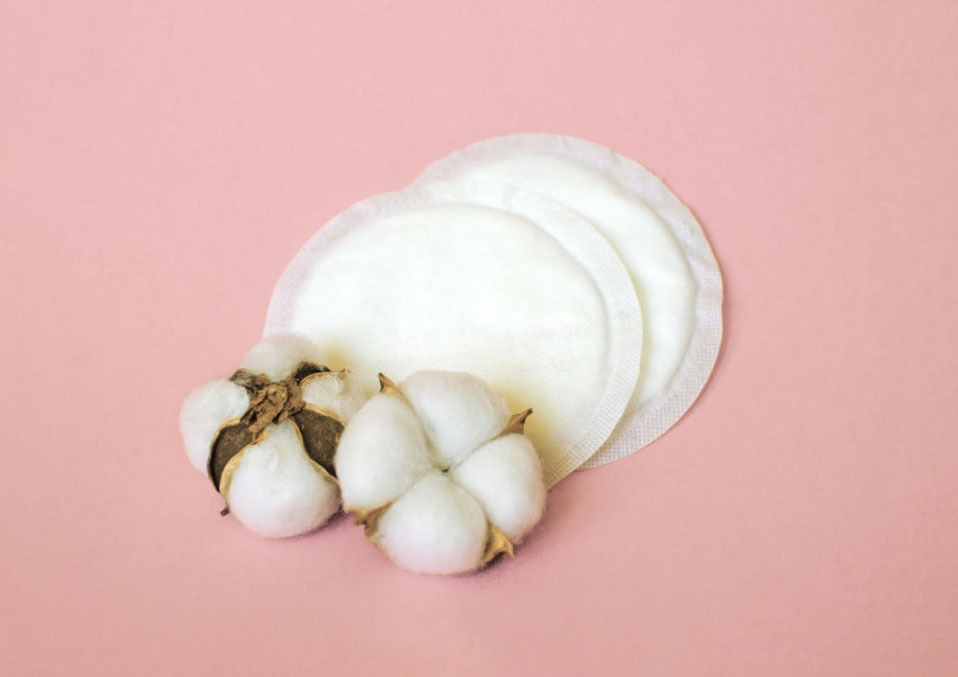Thrush is a common mouth infection that infants suffer. It is caused by a yeast-like fungus called Candida albicans. It can be irritating for infants but it is treatable. Having yeast organisms on various parts of the body is normal. And they usually don’t cause any symptoms. But if there is more amount of yeast than the usual, symptoms may occur. Yeast can also appear in diaper rashes and rashes in other moist areas of the body such as under the chin. It can also affect the nipples of breastfeeding mothers. Thrush can be very irritating but there are ways to cure them.
Newborn babies can actually have symptoms of a yeast infection at birth or soon after it. Thrush often appears in the mouth in the first few weeks of the infant. If the nipples of the mother are infected, it may be passed on to the infant. Some infants develop symptoms while others don’t. But the reason why infants differ is unknown.
Thurst in children or infants is very common. But it is not usually serious. It can be uncomfortable for the baby and can cause difficulties when feeding.
Causes of thrush in babies

Actually, there is a small amount of fungus in the mouth most of the time. It is usually controlled by the immune system. Other types of germs also live in the mouth normally as well. But when the immune system is weak, the fungus can grow and can lead to sores and lesions in the tongue and the mouth. Oral thrush thus occurs commonly in babies because their immune system has not yet fully matured. Infants are less able to resist the infection because of that.
Actually, after the treatment of antibiotics, oral thrush can happen because antibiotics reduce the level of healthy bacteria in the mouth. This gives way to fungus to grow and proliferate.
What are the symptoms of thrush?
Symptoms include white patches on the roof of the mouth, on the tongue, and inside the cheeks. Under the white lesions, there may be red tissue that can bleed easily. There are also may be redness around the patches. The patches may be painful and the corners of the mouth may crack. The white patches look like milk but it doesn’t get wiped away. Without any treatment, the lesions can actually increase in size and number. Even with treatment, they are very hard to get rid of as well.
Actually, many infants are not really bothered by thrush, but they can be irritable when feeding because of the soreness of the mouth. In order to make sure that it is thrush, it is better to consult a doctor. The doctor will examine your infant and look for signs and symptoms of thrush. If there is clear evidence of Candida or yeast infection, the diagnosis will be confirmed.
What are some treatments available?

When your doctor diagnosed that it is thrush indeed, he or she will prescribe a suitable treatment. In infants, oral thrush can heal and disappear within two weeks, parents and caregivers are then advised to monitor the infection without taking in medication. Sometimes, your doctor might prescribe a gel or drops that must be spread around the inside of the mouth. If the infant is breastfeeding, the mother’s nipples may need to be treated as well in order to prevent a double infection. If symptoms persist, you should notify your pediatrician.
Here are natural remedies for thrush in babies
The doctor may suggest adding lactobacilli to the diet of your infant, in the form of yogurt. Lactobacilli provide “good” bacteria that may help get rid of the fungus. Supplements suitable for infants are also available. Other natural remedies are the following:
- Grapefruit seed extract
- Gentian violet
- Coconut oil
- Tea tree oil
- Baking soda
- Saltwater
- Yogurt
- Lemon juice
- Turmeric
- Clove oil
- Oregano oil
- Apple cider vinegar
- Vitamin C
However, grapefruit seed extract has been found to contain substances that may not be safe even with adults. Parents may be careful about this. Even though these remedies are natural, they still contain chemicals. So before giving it to your baby, it is important to discuss it first with your health care provider.
What are some preventive measures?

Use breast pads that do not have a plastic barrier when breastfeeding. This is helpful to discourage the growth of Candida or yeast. If the mother develops a vaginal yeast infection during her pregnancy, it is important that she consults her doctor. If the infection won’t go away, it might be passed on to the newborn baby during delivery. Vaginal yeast infection includes symptoms such as vaginal itching and a cheesy white discharge.
Women who have nipple discharge or pain during breastfeeding should also notify their health provider, so they can be examined for yeast infection in the nipples. This can also be transmitted to the mouth of a nursing infant. Ensure that bottle nipples and pacifiers are sterile. Some studies have found that Candida or yeast is prevalent in pacifiers, especially latex ones. However, they did not find a link between pacifier use and candida infection.
It is true that when infants get sick and suffering, parents especially moms can get stressed. Although thrush is treatable and usually goes away in a few weeks, it can be irritating and uncomfortable for the little ones. That’s we can apply preventive measures in order to avoid sickness like this. If your infant is already suffering from thrush, you can then apply the natural remedies and don’t forget to consult your doctor first for assurance and safety of the remedies you will be using. We hope that this article will help new parents, especially first-time moms to take care of their little bundle of joy and to make sure that they are growing healthy and happy.
Read also:
- What do Red Cheeks on Babies Mean?
- Worrying About Baby Acne Around the Eyes
- First Pediatrician Visit: What are the Things You Need to Bring?


